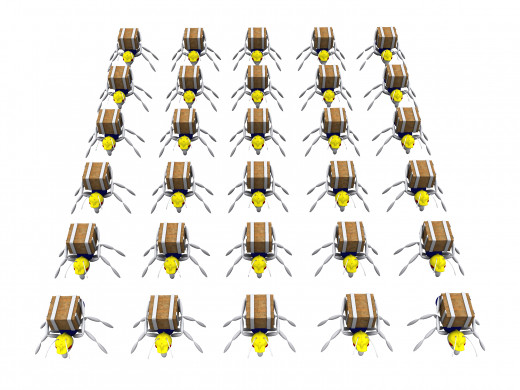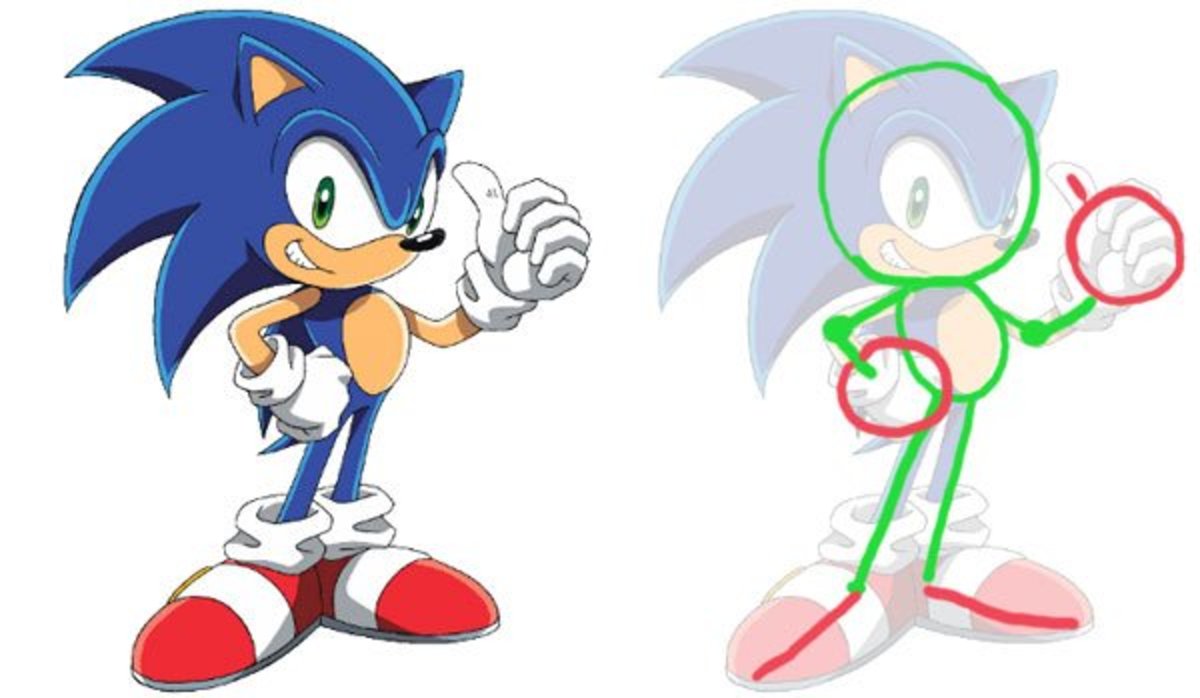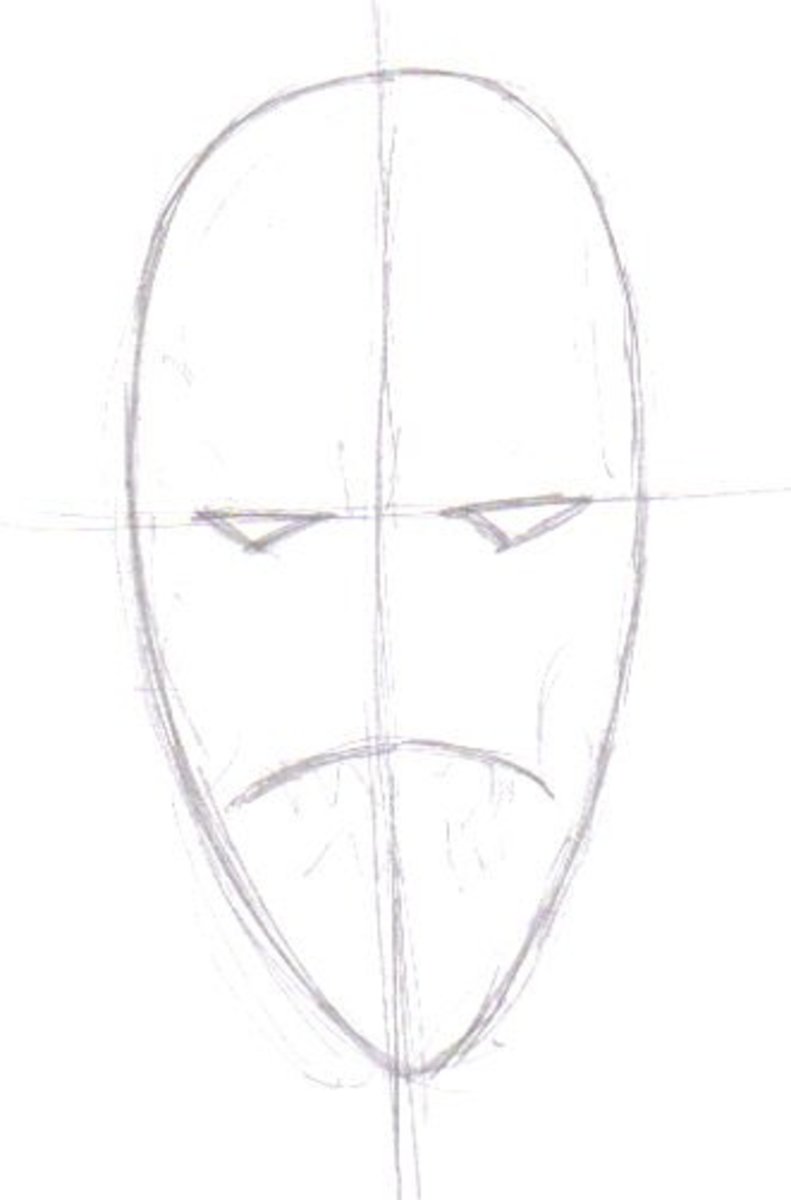Perspective Drawing

Perspective Understanding
Perspective in drawing is a very interesting part of art making. Believe it or not, it can be a lot of fun, kind of like figuring out a puzzle. When you understand perspective, your drawings will improve by leaps and bounds. Mastering perspective (don't worry - I'm still trying to master perspective) will take some effort, but think of it as a game. Just to let you know, I never liked perspective that much while in art school, but now, as I have reached middle age I have a deeper appreciation of it.
Believe it or not, I grasped painting much easier than drawing, but if you put the two together, you have a powerful way of communicating through images. I encourage you to try perspective. Just make it into a game.
As with anything, practice helps immensely. Lately, I have been getting up early and doing 1/2 hour perspective drawings. I find attempting these drawings helps me to refine my concentration and logic skills, because basically, that's all perspective is. Sometimes your eyes can be tricked (in fact, many times). Just look at your subject again and ask yourself what is the object doing as it moves back in space. Are the imaginary lines from the objects in your picture converging to just one point or two or three?
One of the easiest ways to understand perspective is to find a picture in a magazine with some architectural aspects to it or furniture design in the photo. Start from where the object (maybe a chair or bookshelf) is biggest and and draw a line to the point in space where it ends. Everything along this line will get progressively smaller. Do this with a fine line marker. Find another object on the page. Start at this object and draw a line to where it ends (imaginary field of vision - dashed lines). Does it end at the same point of the first object? Do all objects on this magazine page lead to the same point when a line is drawn from where the objects are on the page to where they end? This is the horizon line and if they all end at the same point, (called the vanishing point on the horizon line), this is one point perspective.
One, Two and Three Point Perspective
Geometric perspective is fairly straightforward. For me it is a technique to find the best way for different compositions to fit onto a picture plane. A picture plane is a flat surface, the horizon line on a picture plane is where top and bottom of picture meet, where your natural vision looking out at a distance tends to settle. The vanishing point or points are a natural extension of an imaginary line from object to horizon line.
One point perspective is when all areas on the picture plane extend to one point on the horizon line. This could be looking up or down a road, or looking down one side of a building or similar situations. Just remember that you can extend lines from all areas of the picture plane to one point on the horizon line.
Two point perspective means there will be two points on the picture plane horizon where imaginary lines converge. Here's one example; if you happen to be standing where you can see the corner of a building, such as the famous Flat Iron Building in New York City, you will be able to extend two imaginary lines, one for each side of the building to the two different perspective points on the horizon line, creating two point perspective.
Three point perspective is when one of the three points extends either above or below the horizon line. This can be used to draw buildings either looking up at them or from an aerial view looking down at them. The other two vanishing points will land on the horizon line. Lines drawn or extended from either side of the buildings will converge to two different vanishing points (one for either side of building) on the horizon line. The third vanishing point will be above or below the horizon line.

Foreshortening, Another Form of Perspective
Foreshortening is another very valuable drawing tool. Foreshortening is a sophisticated form of perspective that allows people or animals or flowers to look three dimensional on a picture plane. Foreshortening literally means to shorten an object visually if that object is turned or angled toward the viewer. This creates a more shallow space for the subject on the picture plane which gives this part of the subject more attention. This technique is commonly used in drawing rounded forms, such as a baby or an animal looking up at you or stretching. Once you learn this way of looking at and drawing objects in nature, your compositions will look like you can lift them off the page, in other words, they will look three dimensional, not like they are pasted onto the paper.
Drawing in perspective is part science, part nuanced adjustments and a great part of making art. Once you learn the rules, then you can break them to get interesting intriguing effects. M.C. Escher was a master of this. But that's for another hub. Go practice, I promise, you'll get to like it!
- bos9212 | Flickr - Photo Sharing!
Aerial view of Boston, Massachusetts, USA









